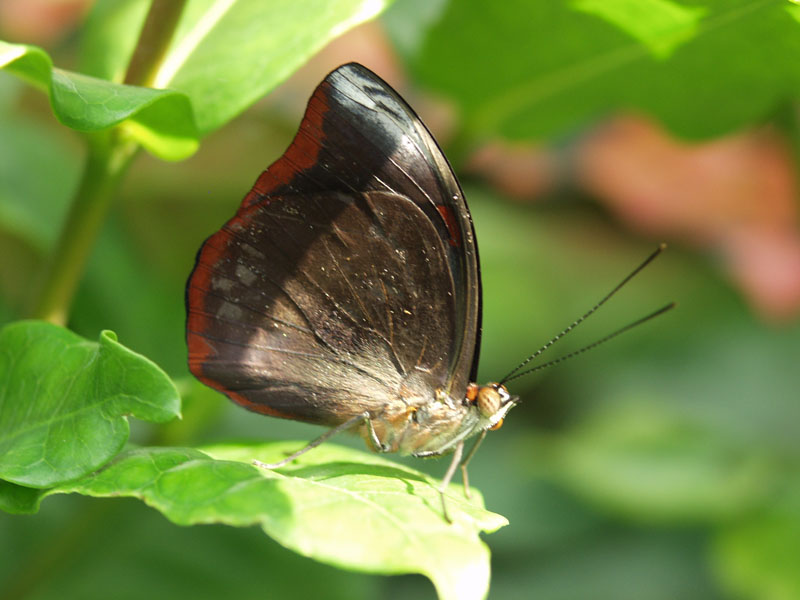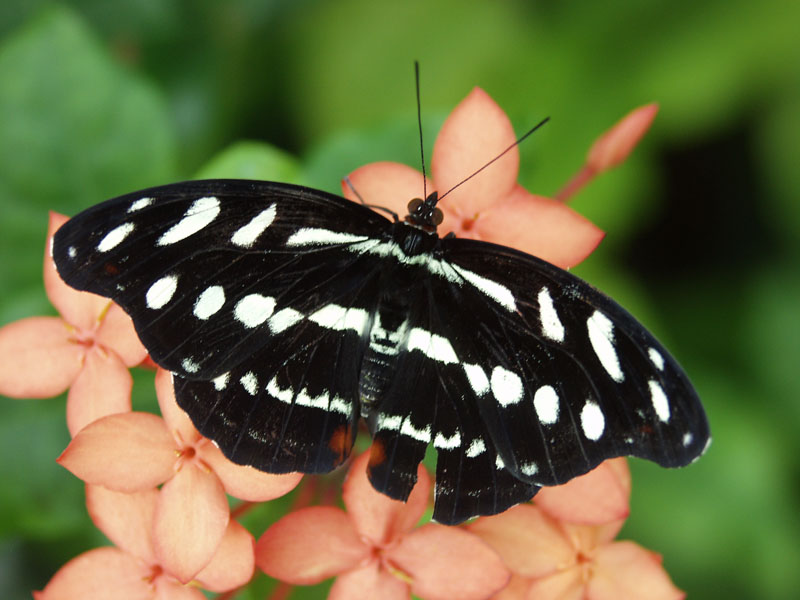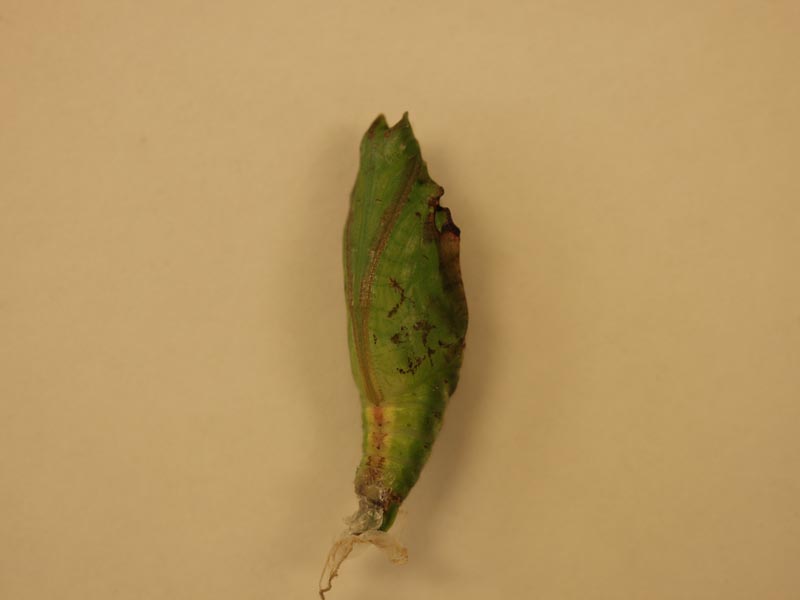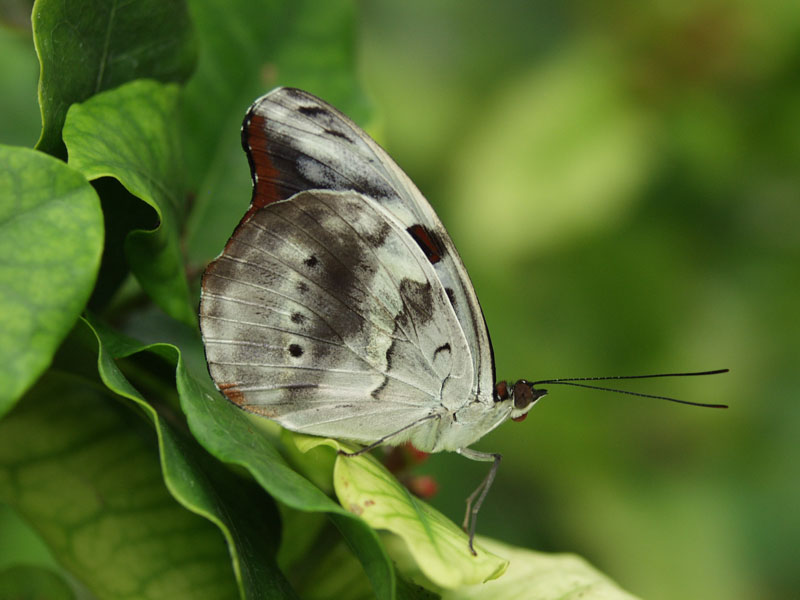




Adults use rotting fruit and tree sap as their primary nutrient source.
Adults spend the majority of their time in wet forest habitats.
Males perch on vegetation and wait for receptive females to pass. After mating, females spend the warmest parts of the day cruising waterways and paths looking for host plants to lay their eggs. Once the eggs hatch, the larvae feed on the host plant until they are ready to form their chrysalides.
There are multiple generations each year, making it possible to find adults all year round.
All the species found in the genus Catonephele are sexually dimorphic, which means the males and females of a species look remarkably different from each other.